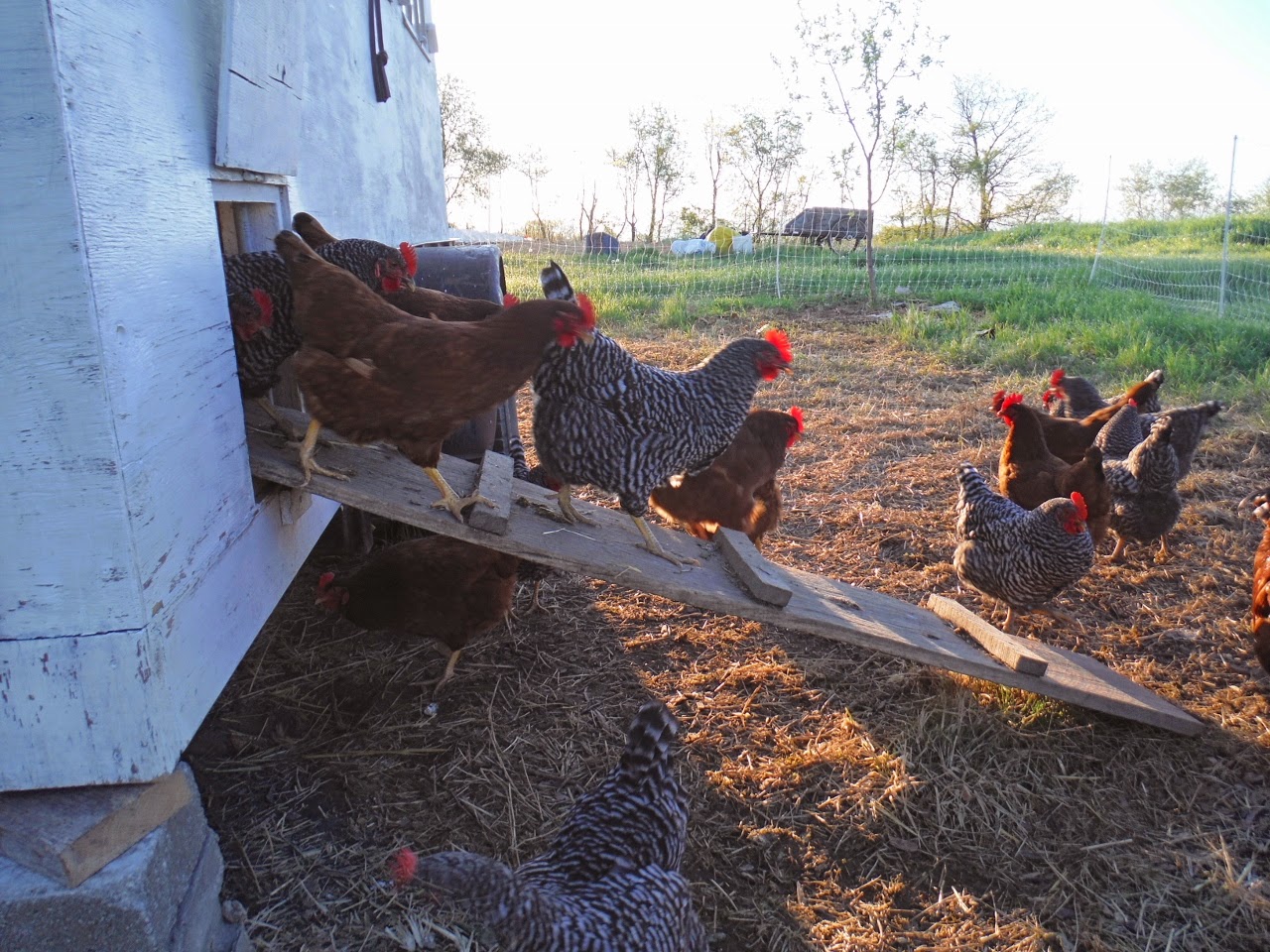It is already July. Hard to believe the season is so far along. We have fields packed with garlic, onions, carrots, and potatoes that must be harvested before the month is out. We are hoping to pull and dig everything at its peak and look forward to clearing out the fields.
A favorite of mine, the Tropea onion is at its peak right now. We are happy to be able to get everyone a good bunch of this unique onion. We used it last night as the main topping of our pizza. We sliced the onion thin, sauted it in olive oil for 3 to 5 minutes, and then turned down the heat to slowly carmelize them before using on the pizza. A hefty topping of Goatsbeard chive cheese, as well as some anchovies, olives and olive oil made for a delicious white pizza.
Our dinner treat tonight was sauted zucchini noodles. Member Heather Gibbons posted her incredibly simple recipe and a photo of the finished product on Facebook. It has been shared to the Fair Share Farm CSA closed group page. Join if you have not already so you can stay up-to-date on CSA happenings.
Our chickens have been happy this year, as they see greener pastures every several weeks. Part of the answer to the question of “what do they eat” is shown in the video below. The seed heads are from oats we seeded as a spring cover crop. They go right for them.
.jpg)
.jpg)


.jpg)
.jpg)
.jpg)
.jpg)


.jpg)

.jpg)
.jpg)
.jpg)

